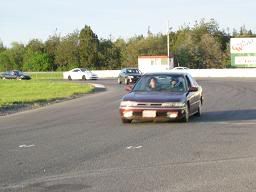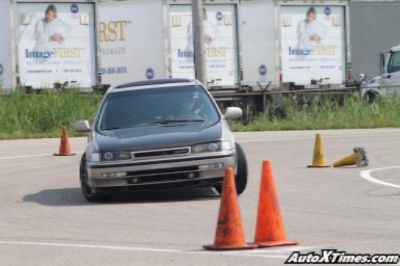IMO leave the front alone.
just change the bushings.
i did the cheapy vigor sway and i was more than happy cuz it was a 10 dollar mod
just change the bushings.
i did the cheapy vigor sway and i was more than happy cuz it was a 10 dollar mod







Comment